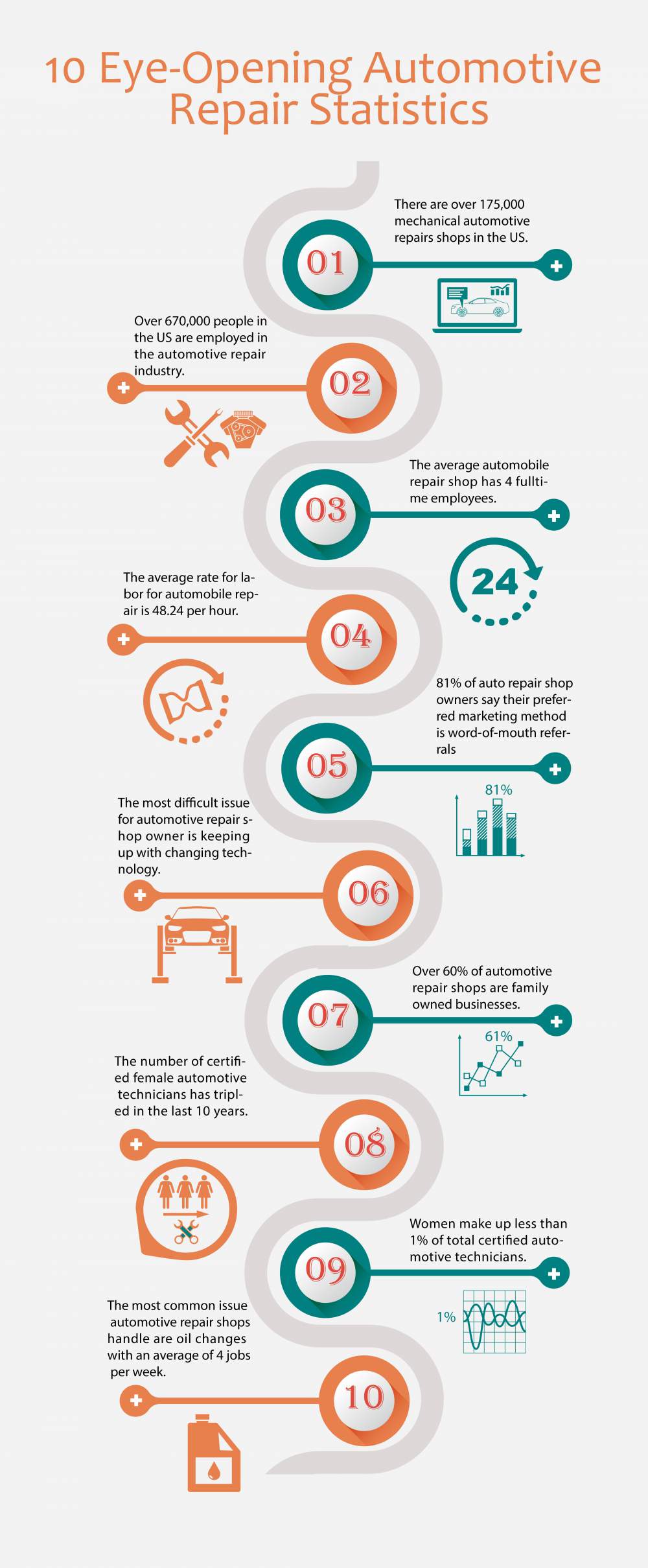Wondering About The Meaning Behind Those Dashboard Warning Lights? Gain Understandings Right Into Their Implications For Your Car'S Safety And Maintenance
Wondering About The Meaning Behind Those Dashboard Warning Lights? Gain Understandings Right Into Their Implications For Your Car'S Safety And Maintenance
Blog Article
Short Article Created By-Faulkner Dalgaard
When you lag the wheel, those radiant warning lights on your dashboard can be a bit puzzling. Do you know what they're attempting to tell you about your cars and truck's health? Comprehending the significance of these lights is vital for your safety and security and the durability of your automobile. So, the next time one of those lights pops up, wouldn't you want to decipher its message precisely and take the needed steps to address it?
Common Caution Lights and Interpretations
Identify typical warning lights in your car and recognize their meanings to make sure safe driving.
One of the most typical warning lights consist of the check engine light, which signals problems with the engine or discharges system. If this light begins, it's critical to have your car examined quickly.
The oil stress cautioning light indicates reduced oil pressure, calling for prompt focus to stop engine damages.
A blinking battery light could recommend a faulty charging system, possibly leaving you stranded otherwise attended to.
The tire stress tracking system (TPMS) light notifies you to low tire stress, impacting lorry security and fuel performance. Neglecting this might result in dangerous driving conditions.
The abdominal light suggests an issue with the anti-lock stopping system, jeopardizing your ability to quit promptly in emergency situations.
https://quick-oil-change-near-me06283.ourcodeblog.com/31422399/the-evolution-of-automobile-repair-secret-patterns-to-monitor-in-the-future but not least, the coolant temperature level alerting light warns of engine overheating, which can lead to serious damages otherwise resolved promptly.
Understanding these typical warning lights will certainly aid you deal with issues without delay and preserve risk-free driving problems.
Relevance of Prompt Attention
Recognizing the common warning lights in your cars and truck is only the primary step; the value of quickly attending to these warnings can not be stressed sufficient to guarantee your safety and security when traveling.
When a caution light illuminates on your dashboard, it's your vehicle's means of connecting a potential issue that needs attention. Overlooking these cautions can lead to extra serious problems later on, compromising your safety and security and potentially costing you more out of commission.
Prompt attention to cautioning lights can prevent breakdowns and accidents. For instance, a blinking check engine light could suggest a misfire that, if left unattended, might trigger damage to the catalytic converter. Resolving this promptly can save you from an expensive repair service.
In a similar way, a brake system warning light might indicate low brake fluid or used brake pads, important components for your safety and security when driving.
Do It Yourself Troubleshooting Tips
If you see a warning light on your control panel, there are a couple of do it yourself repairing pointers you can try prior to looking for specialist aid.
The very first step is to consult your automobile's manual to comprehend what the particular warning light shows. Sometimes the concern can be as easy as a loosened gas cap causing the check engine light. Tightening up the gas cap might settle the problem.
One more common issue is a reduced battery, which can activate different cautioning lights. Inspecting the battery connections for rust and ensuring they're secure might fix the issue.
If a warning light lingers, you can attempt resetting it by separating the auto's battery for a few mins and then reconnecting it. Furthermore, inspecting your automobile's liquid levels, such as oil, coolant, and brake liquid, can assist troubleshoot warning lights associated with these systems.
Final thought
Finally, understanding your vehicle's warning lights is essential for maintaining your automobile running smoothly and safely. By quickly resolving you can find out more and recognizing what they indicate, you can prevent costly repair work and prospective malfunctions.
Remember to consult your auto's handbook for specific information on each advising light and act appropriately to ensure a trouble-free driving experience.
Remain educated, stay safe when traveling!
